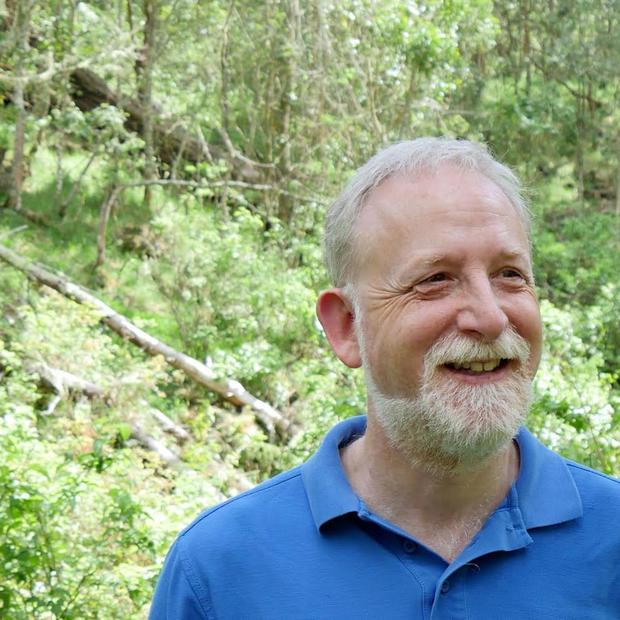Thankfully, our region is not Detroit, where a perfect storm of the wrong American urban future has brought, in Time magazine's words, "an iconic American city to its knees." But we can learn from Detroit and other places where our worst urban fears have been realized. There, consolidation is demanded from chaos, and visionaries have emerged from the ruins.
In this recessionary Puget Sound election season, there's a little whiff of Detroit in the air. Seattle councilmember newsletter emails suggest hard budget choices ahead and good reading on great urban thinkers. Candidates debate whether the auto should be king, and weigh the merits of tunnels and light rail and streetcars. Headlines reflect crime, layoffs, office vacancy rates, budget shortfalls, public service delivery and schools in need. And did I mention keeping aerospace in the region and creating a post-carbon economy?
In Detroit, the sense of urban urgency is acute. Racial injustice, flight to the suburbs, the automobile industry's political, labor, and market realities have created an unsustainable city. The unemployment rate is close to 30 percent. Vast, vacant areas resemble a natural disaster. Amid all this, the city has become a laboratory for urban reinvention.
Former NBA Detroit Pistons' star Dave Bing faces his first full term reelection as mayor. He doesn't have a transformative plan in place, but his crisis turnaround team has just released (Oct. 7) a 145-page report on how to improve urban operations and remake city government amid a $280 million deficit. The City's Planning and Development Department presides over a Homelessness Prevention and Rapid Re-Housing Program, where housing and utility payment processes are chaotic.
It's so dire that some of the most compelling writing on urban decline and revitalization emanates from the Motor City, which is trying to readjust to accommodate a new age. Daniel Okrent's "Notown" in Time tells the story of the Detroit that was, what happened, and how an adaptable American industrial policy could create the "Arsenal of the Renewable Energy Future" from the ruins of its Motown past. A Detroit native, Okrent reports on ideas that seem adaptable to less impacted American urbanized regions. He identifies the regional players who will make a difference, with names that could be substituted in Cascadia.
It's a heart-wrenching story as Okrent returns to the town he grew up in, that former Arsenal of Democracy:
The neighborhood where I lived as a child, where for decades orderly rows of sturdy brick homes lined each block, is now the urban equivalent of a boxer's mouth, more gaps than teeth. Some of the surviving houses look as if the wrecker's ball is the only thing that could relieve their pain. On the adjacent business streets, commercial activity is so palpably absent you'd think a neutron bomb had been detonated 'ê except the burned-out storefronts and bricked-over windows suggest that something physically destructive happened as well.
Another tale is told in Mark Dowie's captivating "Food Among the Ruins" in Guernica. In the "food desert" of Detroit, there are no current produce-carrying grocery chains within the city limits. Dowie suggest transforming some of this deserted land, based on agricultural rezoning, into a haven of employment-providing urban agriculture. He provides a compelling model for the sustainable reuse of empty urban blocks in a new economy.
Last year, the Greater Seattle Chamber of Commerce traveled to the Arab Emirates and to Montreal for inspiration on how to innovate back home. Next Spring, it's South Korea. Might I suggest a trip to the visionaries in the City of Ruins? Motown, a classic company town built on transportation manufacturing, was once quite comparable to Jet City, dominated by a company named Boeing. We should not be too proud to learn from the once-great city of Detroit.



